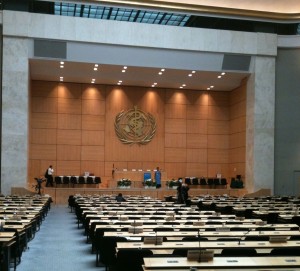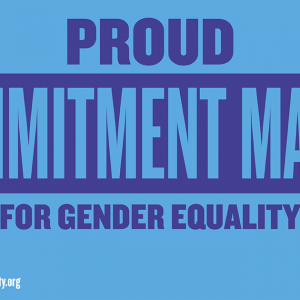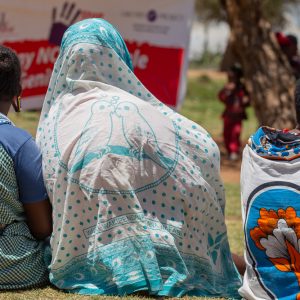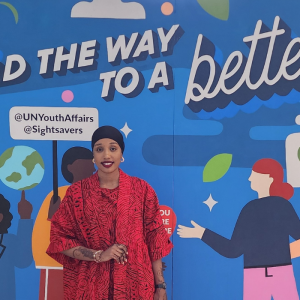September saw the start of the 67th United Nations General Assembly (UNGA) in New York, and important steps towards a UN resolution to ban female genital cutting (FGC) worldwide. The High Level Side Event, ‘Intensifying Global Efforts for Eliminating Female Genital Mutilation’, was part of a wider movement for a UNGA Resolution that calls for an end to female genital cutting. This is a positive sign that FGC issues are being pushed further up the global agenda.
The Event was co-chaired by Mrs. Chantal de Souza Yayi, First Lady of Benin and representative of the Chairman of the African Union, and by Mrs. Chantal Compaoré, First Lady of Burkina Faso, Goodwill Ambassador of the Inter-African Committee on Traditional Practices. Also speaking at the event were Ms Emma Bonino, Vice-President of the Italian Senate and founder of No Peace Without Justice, UNFPA, UNICEF, UN Women and representatives of many African countries. The event itself was well attended, with over 150 guests.
Female genital cutting was included in this session after a concerted campaign by the Italian NGO, No Peace Without Justice (NPWJ) and partners over the last few years, calling for a resolution banning FGC. In July 2011 the African Union authored a formal Declaration[1] calling for the resolution at the next UNGA, later endorsed by the European Parliament in June 2012, who also re-affirmed and strengthened a European resolution banning FGC. At the same time, the UN Commission on the Status of Women’s (CSW) Draft Decision in March 2012 carried the same message, and was supported by the United Nations Economic and Social Council (ECOSOC) in July 2012.
UNGA resolutions are generally the product of sustained and targeted campaigns, often by a small number of countries, to bring certain issues to wider attention. The resolutions themselves carry no legal weight, with the General Assembly able to,
‘… make only non-binding recommendations to States on international issues within its competence.’[2]
A resolution is therefore a statement of intent by signatory parties, a consensus of opinion about a specific set of issues. Unless a proposed resolution is considered an ‘important issue’, the vote taken by all member states must be passed by simple majority, or 50% of members plus one vote. So a resolution can be passed if 97 of the 193 member states vote it in, although in recent years the there has been a focus on passing resolutions agreed on by the vast majority of members.[3]
The value of advocacy and engagement at this level should not be underestimated. The glacial movement of policy change at an international level is often unfairly compared to the sharper, faster movements at the ground level. Yet it is often the meeting of these two opposite ends of the spectrum that produces the greatest effects. Learned and shared experiences on the ground can be successfully augmented with legislative change at the very top.
For this reason, the developments at the 67th United Nations General Assembly can be seen in a positive light. It is hoped that consensus will be reached on an outcome by December 2012. We also hope that the progress being made at a grassroots level will gain the support needed so that communities themselves can continue to choose to abandon this practice.







